Ferrum Hausmann I.M. Ampul
In the realm of medical science, Ferrum Hausmann I.M. Ampul stands as a stalwart, armed with Iron III Hydroxide Polymaltose Complex, aiming to combat iron deficiency anemia and prevent its onset. This guide unveils the depths of Ferrum Hausmann I.M. Ampul, exploring its composition, administration, dosage, potential side effects, and precautions, providing a compass for those navigating its therapeutic potential.
| Dosage form | |
|---|---|
| Pack size | |
| Potency | 100 Mg/2Ml 5X2Ml |
| Manufacturer | |
| Origin | |
| Generic Name (Ingredient) | Iron Iii Hydroxide Polimalpowder Complex Equivalent To 100 Mg Elementary Iron |
Assuming your emergency circumstances for this product, visit Urgent Quotation page. Besides, for any pharmaceutical questions, please ask us in the comments section.
Description
Understanding the Core: Ferrum Hausmann I.M. Ampul harbors within it the essence of Iron III Hydroxide Polymaltose Complex, a crucial remedy in the battle against iron deficiency anemia. Its primary mission: to replenish iron stores and prevent the onset of this debilitating condition. It emerges as a beacon of hope, particularly when rapid and effective replacement therapy is imperative.
Targeted Therapy
Precise Application: Ferrum Hausmann I.M. Ampul’s role extends to situations where iron deficiency takes on a severe form. It comes to the forefront in cases such as:
- Severe iron deficiency (e.g., after bleeding)
- Impaired iron absorption from the gastrointestinal system
- Inability to tolerate oral iron medications
- Treatment-resistant iron deficiencies
This medication doesn’t just aim to replenish iron but does so with precision. Its deep intramuscular injection ensures direct delivery to where it’s needed.
The Power in Every Ampoule
Quantifying Iron: Within each ampoule resides a potent dose of 100 mg of elemental iron, equivalent to Iron III Hydroxide Polymaltose Complex. This carefully measured content ensures precise treatment without room for ambiguity.
Balancing Act: Ferrum Hausmann I.M. Ampul’s dosage is a finely tuned aspect that hinges on individual needs and the severity of iron deficiency. For adults, the daily regimen starts with 1 ampoule (2 mL, 100 mg), with a maximum daily allowance of 2 ampoules (4 mL, 200 mg). The journey’s duration is governed by diligent monitoring of hemoglobin levels, ensuring that treatment aligns with the individual’s progress. Even after hemoglobin levels normalize, treatment continues under the guidance of a healthcare provider to replenish iron stores effectively.
Proceed with Caution
Safe Passage: Ferrum Hausmann I.M. Ampul’s path should be tread cautiously, with attention to specific situations:
- Iron Overload Conditions: If an individual bears the burden of iron overload conditions like hemochromatosis or chronic hemolysis, Ferrum Hausmann I.M. Ampul is not the chosen route.
- Hypersensitivity: Those who are hypersensitive to iron or any of the excipients must exercise caution.
- Impaired Iron Utilization: Conditions such as lead anemia or sidero-achrestic anemia necessitate vigilance.
- Complex Cases: In instances of thalassemia, progressive chronic joint inflammation, alcohol addiction, uncontrolled parathyroid hormone elevation, severe liver and kidney disease, or during the first three months of pregnancy, the decision to use Ferrum Hausmann I.M. Ampul should be taken judiciously.
Ferrum Hausmann I.M. Ampul Side Effects
Balancing Risks: Every medication, Ferrum Hausmann I.M. Ampul included, carries the potential for side effects. However, these effects are not universal and may vary among individuals. Some common side effects include:
- Stool Discoloration: Iron excretion may lead to changes in stool color. This is harmless.
- Gastrointestinal Effects: Diarrhea, nausea, and indigestion are observed in some cases.
- Additional Gastrointestinal Effects: Vomiting, constipation, abdominal pain, tooth discoloration, headaches, and local skin reactions such as itching or rash can also occur.
In extremely rare cases, allergic reactions may manifest as skin reactions, swelling (oedema), or shortness of breath. In such instances, it is imperative to discontinue the medication and seek immediate medical attention. Prior to initiating treatment with Ferrum Hausmann I.M. Ampul, it is prudent to discuss any concerns regarding potential side effects with a healthcare provider.
Dosage
Measuring the Way: The recommended dosage of Ferrum Hausmann I.M. Ampul is not one-size-fits-all. It adjusts to the individual’s needs and the severity of their iron deficiency. Each ampoule carries 100 mg of elemental iron, equivalent to Iron III Hydroxide Polymaltose Complex. For adults, the daily dosage commences at 1 ampoule (2 mL, 100 mg), with a maximum daily allowance of 2 ampoules (4 mL, 200 mg).
The duration of treatment rests on the monitoring of hemoglobin levels. After the restoration of normal hemoglobin levels, treatment continues as determined by the healthcare provider to ensure iron stores are replenished appropriately. The guiding principle: adhere to the doctor’s counsel, avoiding excessive dosages.
Conclusion
Closing Remarks: In summation, Ferrum Hausmann I.M. Ampul emerges as a pivotal ally in the battle against iron deficiency anemia. Its deep intramuscular administration requires careful supervision by a healthcare provider. It comes with specific caveats, and its use should be meticulously considered based on the individual’s unique circumstances. The role of Ferrum Hausmann I.M. Ampul is emblematic of medical science’s progress in championing health and vitality.
1 review for Ferrum Hausmann I.M. Ampul
Use the form below to report an error
Please answer the questions as thoroughly and accurately as possible. Your answers will help us better understand what kind of mistakes happen, why and where they happen, and in the end the purpose is to build a better archive to guide researchers and professionals around the world.
The information on this page is not intended to be a substitute for professional medical advice, diagnosis, or treatment. always seek the advice for your physician or another qualified health provider with any questions you may have regarding a medical condition. Always remember to
- Ask your own doctor for medical advice.
- Names, brands, and dosage may differ between countries.
- When not feeling well, or experiencing side effects always contact your own doctor.
Cyberchondria
The truth is that when we’re sick, or worried about getting sick, the internet won’t help.
According to Wikipedia, cyberchondria is a mental disorder consisting in the desire to independently make a diagnosis based on the symptoms of diseases described on Internet sites.
Why you can't look for symptoms on the Internet
If diagnoses could be made simply from a textbook or an article on a website, we would all be doctors and treat ourselves. Nothing can replace the experience and knowledge of specially trained people. As in any field, in medicine there are unscrupulous specialists, differences of opinion, inaccurate diagnoses and incorrect test results.

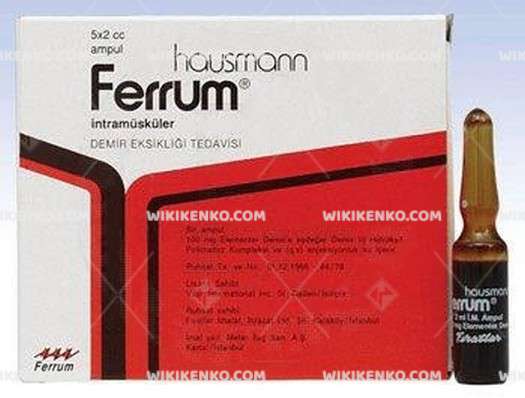
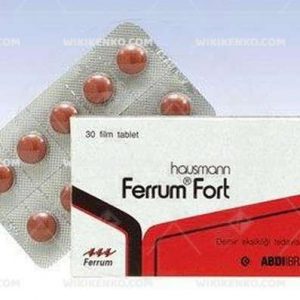
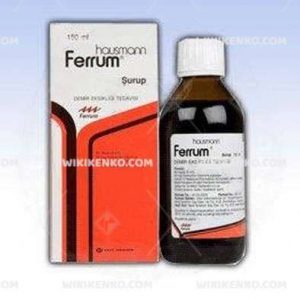
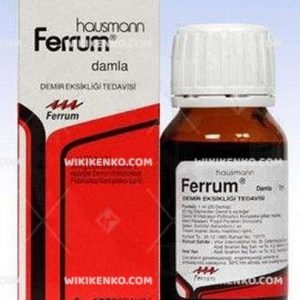

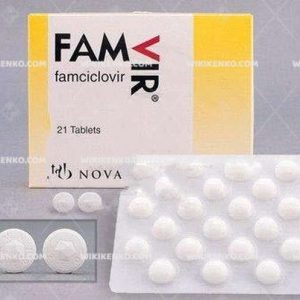
Gerard Dumond –
I need iron
Medical Guidance Center –
Hello Gerard, this is Wikikenko.
Iron is an essential nutrient that plays a vital role in many bodily processes, including the production of hemoglobin, which helps red blood cells carry oxygen throughout the body. If you’re looking to increase your iron intake, there are several foods that are rich in iron that you can incorporate into your diet. Some of these foods include:
Shellfish, such as clams, oysters, and mussels
Spinach and other leafy greens
Red meat, such as beef
Beans and lentils
Nuts and seeds
Fortified breakfast cereals
If you’re unable to get enough iron from your diet alone, you may want to consider taking an iron supplement. There are many different types of iron supplements available, including ferrous sulfate, ferrous gluconate, ferric citrate, and ferric sulfate. It’s important to talk to your doctor before starting any new supplement to determine the right dosage for you and to ensure that it won’t interact with any medications you may be taking.